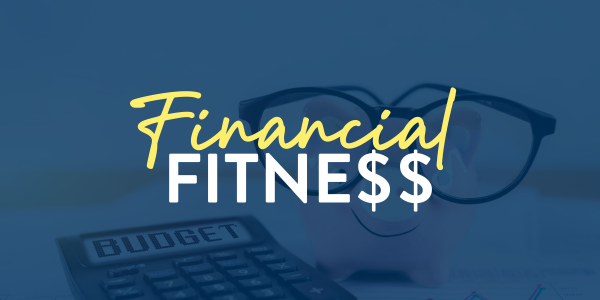
The path to homeownership is right in front of you – you just need to take the first step of qualifying for a home loan! Luckily, our trusted loan advisors can help you with this. The steps to qualify for a home loan can be easily simplified once you have a reliable partner in your corner.
So, let’s get started.
Here are the steps to qualify for a home loan:
Talk to a Loan Advisor
A qualified loan officer can streamline the home loan qualification process for you, which is why it’s essential to choose a loan officer you can trust. Transparency, open communication and efficiency are key factors you should consider when you’re deciding which loan officer is right for you.
APM has a vast network of loan officers in every market ready to help you with your specific situation and financial goals.
Provide Income Verification
This step is just a little bit important when you’re looking to purchase a new home! Your approval for a home loan will be based upon the confidence a lender and underwriter have in your ability to repay this loan. This, of course, means you want to show a consistent stream of income.
A handful of programs allow for automated verification of this information, but most still require a little paperwork. Your loan officer will contact you with details, but you’ll want to be prepared to provide documentation pertaining to your tax returns, pay stubs and bank statements. Additional documentation may be necessary if you’re receiving alimony and/or child support.
Determine your Debt-to-Income Ratio
Naturally, your income is just one part – albeit an important part! – of the information needed to qualify for a home loan. Lenders also need to make sure your income supports the addition of this new loan, especially when they consider any other outstanding debts you may have. This may include the above-mentioned alimony or child support payments, current monthly mortgage payments (if you have not or do not plan to sell your home or maintain additional properties), student and auto loans, as well as any other outstanding payments you make on a monthly basis.
All these factors help determine your debt-to-income (DTI) ratio. This ratio is calculated by adding up all your monthly debt obligations and dividing this number by your pre-tax income. For example, if your gross monthly income is $4,300 and your monthly debt payments are $1,800, then you have a DTI ratio of 23.8 percent.
Lenders look at two different DTI ratios. A front-end ratio takes all of your home-related expenses and divides it by your gross monthly income. A back-end ratio takes the total cost of all your monthly debts and divides it by your gross monthly income.
The guidelines for what DTI ratios are limited to depend on the program itself. There are programs that allow for higher ratios, where others require lower ratios – your loan officer can walk you through what makes sense for you.
Look at your Credit Score
As the old saying goes, the best predictor of future behavior is past behavior, so lenders are going to want to peek at your credit score. Credit scores take into account how much available credit you use, your past payment history and the various types of outstanding loans you currently have. This includes credit cards and other debts, like auto or student loans. Lenders will also look at the age of your credit history and the number of inquiries you’ve had over the past two years.
Credit scores range between 300 and 850. The higher the score the better, but there are programs for nearly every type of credit profile. Talk to your loan officer if you have any questions – and be sure to review your report yourself (you can get a free one at www.freecreditreport.com) to identify and correct any errors.
Show your Down Payment
The amount of your requested mortgage isn’t the only dollar figure you’ll need when applying for a home loan. You’ll also want to tackle the down payment, which can range from 0% to 20% or more of your desired home’s value.
Down payments can come from many sources – as long as you’re able to verify these sources with your lender. These can include savings accounts, retirement accounts (401k or IRAs), investment portfolios (stocks, bonds), trust accounts, the cash value of life insurance policies, and gifts from family or friends. In this last instance, the family member or friend assisting you with the down payment simply needs to provide a letter to the lender informing them that the money is, in fact, a gift and not a loan that will need to be paid back.
Prepare for the new home
Now that your personal financial documents are in order, you’ll want to focus on the new home. Lenders will need to see a home appraisal, inspection and survey to make sure the home was accurately represented. You will also have to purchase – and show proof of – title insurance and homeowner’s insurance. Finally, money will need to be set aside for closing costs, which typically represent 2% to 5% of a home’s purchase price.
Await Approval
Sometimes waiting for your approval seems like an eternity – even if it only takes a few minutes! The waiting game can feel like forever, but we promise, it’s just the underwriters doing their jobs. If they run into anything they have questions about, your loan officer will be in touch. If not, you simply sit back and wait to hear about your home loan approval!
Grab the keys
Once you’ve got the all-clear and have met all closing conditions, simply fill out the closing disclosure document, sign the final paperwork and grab the keys to your new home! It may not be an instant victory but, man, qualifying for a home loan certainly can be a sweet one!
We have a great workbook available for free download that can help walk you through all of the steps above in preparation for buying your first home. Be sure to download it to get a head start on your home loan process!








